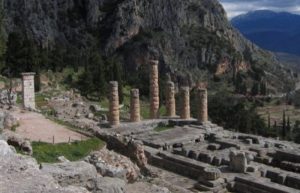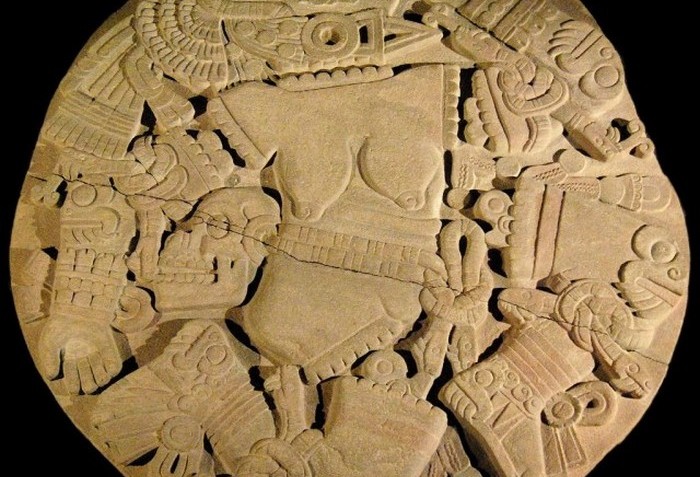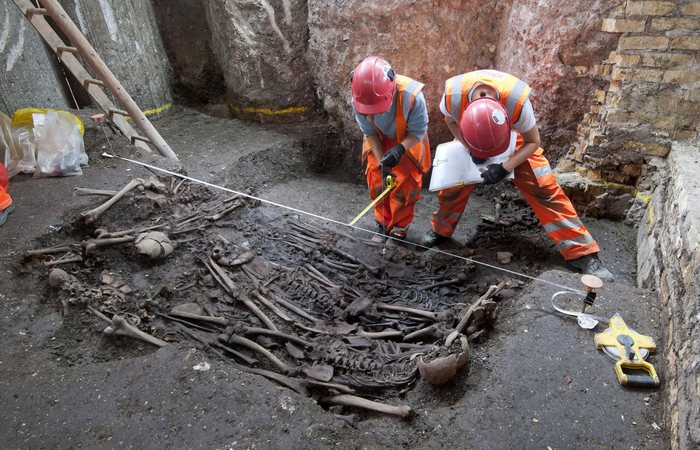honor of his benefactor
Graffiti of the first Christians, the Egyptian tomb and other unique artefacts found on islands hidden from civilization
 There are thousands of islands in the world. Many of them have their own rich history, culture and secrets. Given the natural isolation, a strange culture for the rest of the world was often created on the islands. Today, scientists are looking for archaeological clues in Europe, America, the Middle East and Asia, which may reveal previously unknown details about the long-lost civilizations. But the islands also often keep secrets of extinct cultures.
There are thousands of islands in the world. Many of them have their own rich history, culture and secrets. Given the natural isolation, a strange culture for the rest of the world was often created on the islands. Today, scientists are looking for archaeological clues in Europe, America, the Middle East and Asia, which may reveal previously unknown details about the long-lost civilizations. But the islands also often keep secrets of extinct cultures.
1. Temple of Artemis
Greece
Lost temples have long become clichés for films, but in real life, archaeologists literally hunt them. One temple “eluded” scientists for more than a hundred years. Continue reading
The mystery of the Roman Lycurgus Cup: Nanotechnology in the ancient world?
 The British Museum holds a very beautiful ancient exhibit – the Roman Lycurgus Cup. But he is more famous for his unusual optical properties. Under normal lighting, the goblet appears yellowish-green, and in transmitted light it acquires a deep wine-red hue. Only in 1990, scientists were able to reveal the secret of these unique properties, but how could such an effect be achieved in ancient times? After all, these are the real nanotechnologies …
The British Museum holds a very beautiful ancient exhibit – the Roman Lycurgus Cup. But he is more famous for his unusual optical properties. Under normal lighting, the goblet appears yellowish-green, and in transmitted light it acquires a deep wine-red hue. Only in 1990, scientists were able to reveal the secret of these unique properties, but how could such an effect be achieved in ancient times? After all, these are the real nanotechnologies …
The cup is a so-called diatret – a double-walled bell covered with a figured pattern. Its height is 16.5, and its diameter is 13.2 centimeters.
The earliest found diatrets belong to the 1st century BC. n e., and their heyday reached its production in the III and IV centuries. Diatrets in that era were considered very expensive items and were available only to the rich. Continue reading
10 archaeological discoveries, because of which rewrote the history of ancient Greece
 Ancient Greece is undoubtedly one of the most impressive “chapters” in the history of mankind. The complexity and duration of the existence of Greek culture is impressive today, because after this civilization, many ruins and objects of art remained. Archaeologists still find lost cities and strange artifacts, which often reveal new facts about the life of the ancient Greeks.
Ancient Greece is undoubtedly one of the most impressive “chapters” in the history of mankind. The complexity and duration of the existence of Greek culture is impressive today, because after this civilization, many ruins and objects of art remained. Archaeologists still find lost cities and strange artifacts, which often reveal new facts about the life of the ancient Greeks.
1. Ancient mall
In those days, a group of shops was called a portico. When archaeologists excavated in 2013 a neighborhood of the ancient coastal city of Argylos, they found a similar portico. Located in Greece near the Aegean Sea, the old shopping center served hundreds of customers about 2,500 years ago. This makes it the oldest ever found in northern Greece. Continue reading


